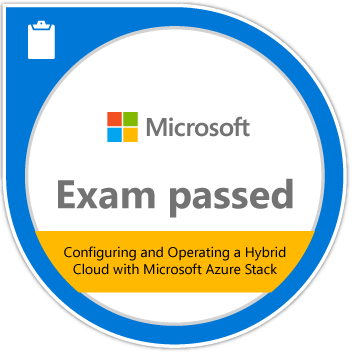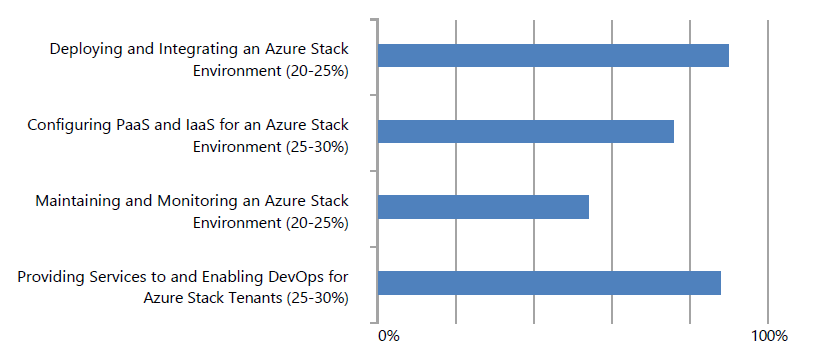Testing Altaro VM Backup v7.6
For taking care of my backups on my lab environment I have tested and updated to the new Altaro VM Backup to version 7.6 that now have some really nice features:
- Augmented Inline Deduplication
- Continuous Data Protection (CDP)
- Concurrency
- Offsite Backup Replication
- Grandfather-Father-Son Archiving (GFS)
- Cloud Backup to Azure
Setup and updating
In the console there is a check update and when pressing that I get redirected to the download page on Altaro
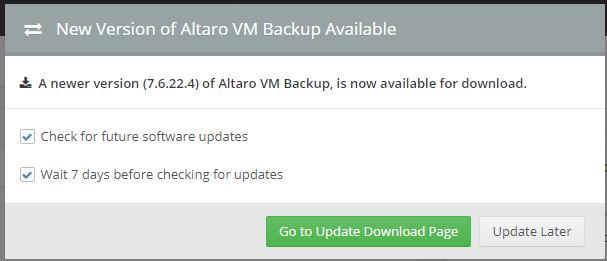
Installing the update keeps the settings and license so no fuzz there!
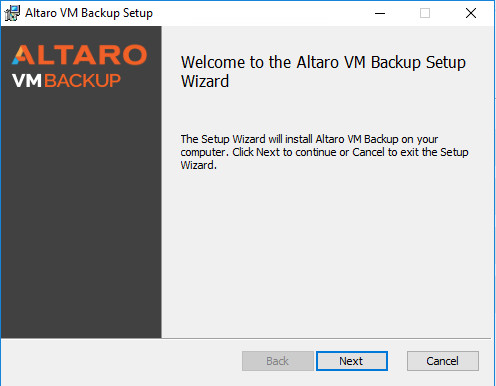
Configuring is really easy and getting the backup up and running was a breeze. Altaro have made it easy with good info and guidance on schedules and configurations needed!
Management
After Install of the mother I see in the console that my agent on the other Hyper-V server needs to be updated also to work properly.
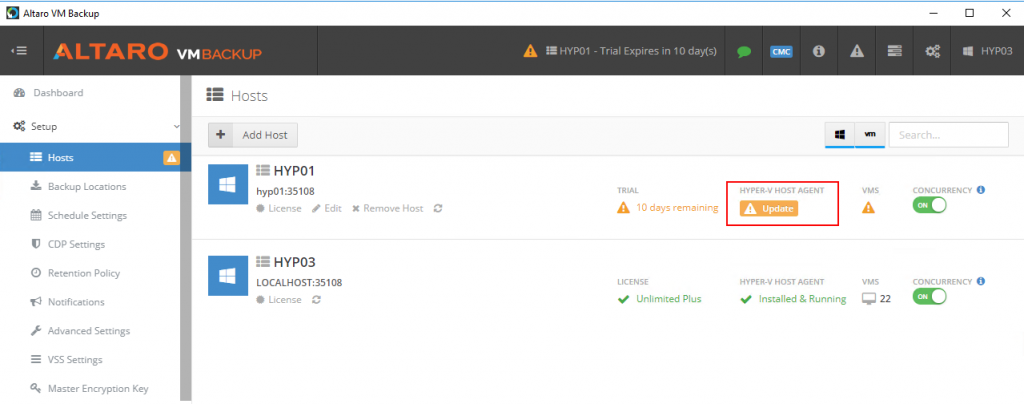
Offsite backup and restore
One really nice feature is the Cloud Backup to have a storage account in azure as offsite location where the backups can be sent. I can set the storage account to cool and thus save a bit on the cost!
Start up with creating a storage account in Azure at a preferred region. As I already have backup onsite I do not need geo-replication within Azure also
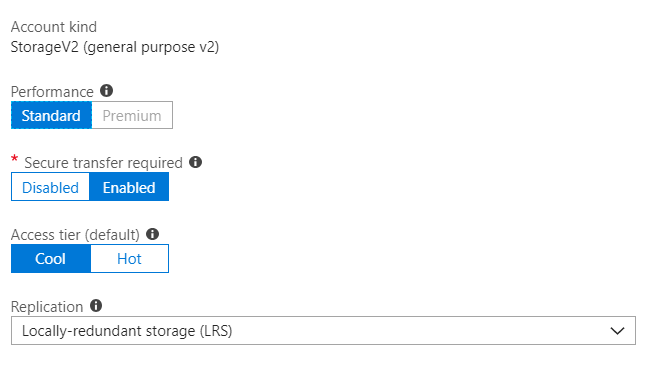
After setup in Azure you need to configure Altaro Backup and add an offsite location.
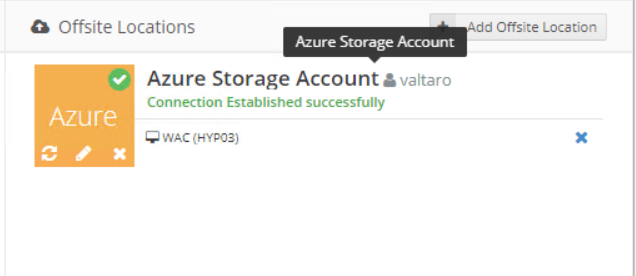
Once I have setup the offsite storage I can then add a backup to be replicated there. And doing a restore from an Azure storage account took about 7 minutes for a 12 GB VM, I have in my lab a 250 Mbit broadband connection and the other side will probably not be the limiting factor 🙂
Cloud Management
Another great feature that can be configured is the Altaro Cloud Management Console that makes it easy to stay on top of your backups and you can reach it from anywhere with a browser!
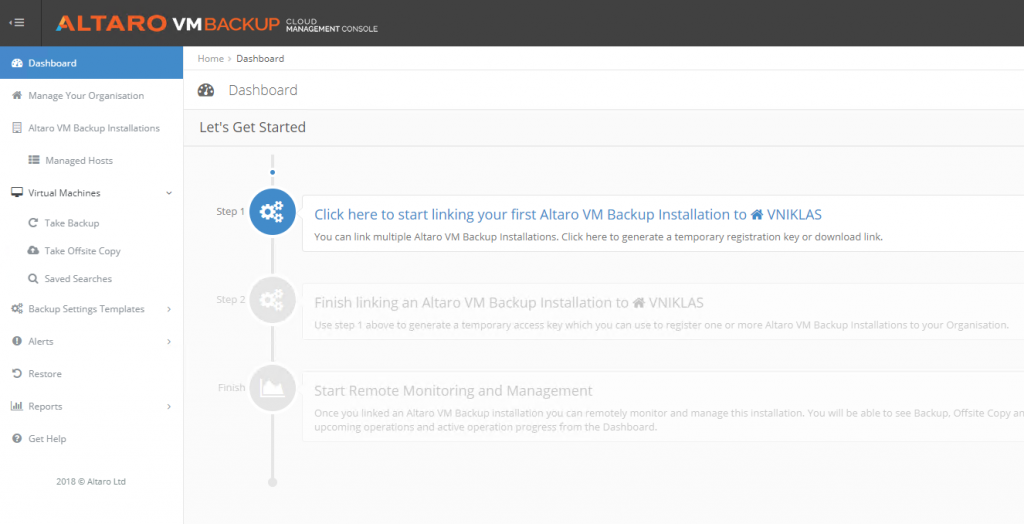
Reporting
To set up backup reporting via email I can utilize a Office 365 account and the smtp.office365.com
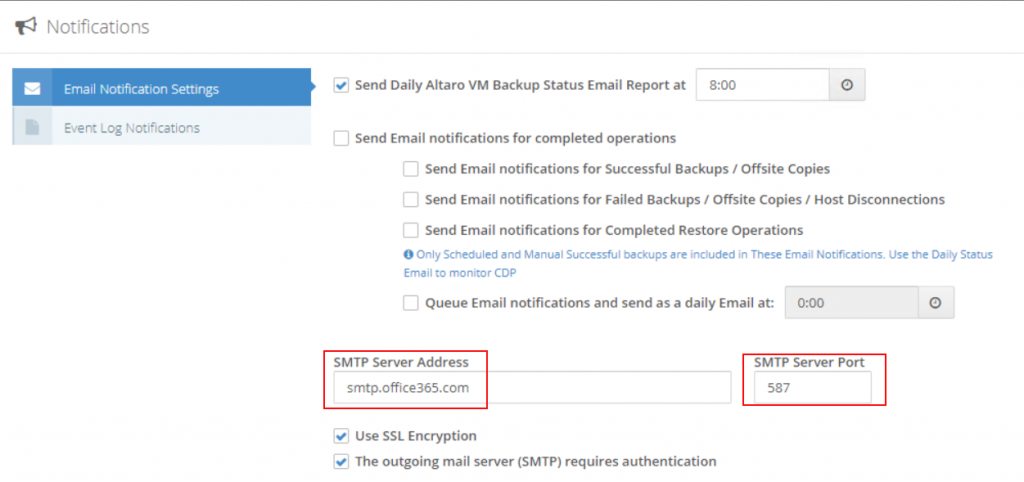
Once setup I can expect an backup report every morning at 8 AM
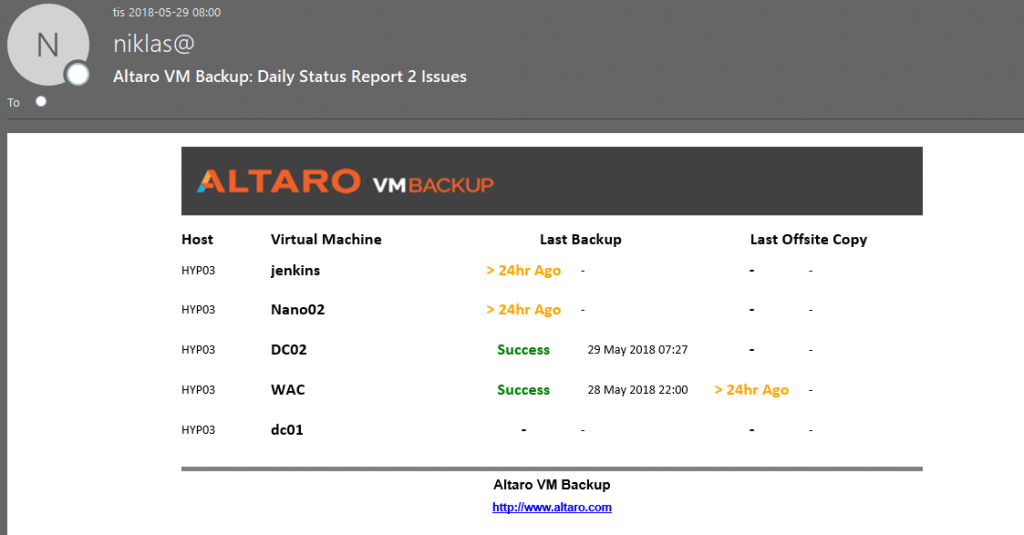
Summary
Getting the Altaro Backup solution up and running is really straight forward and easy! I have not yet tested it in a large scale environment yet but it seems really great and have as I described above some very good features!
For us that have an automation approach we can connect to the Altaro Rest API to check and do stuff for larger environments. Being an MSP and having BaaS is crucial as a competitive offer and the licensing for Altaro Backup in an MSP scenario goes into number of VM instead of CPU
I urge you to take it for a test run and see for your selves!

